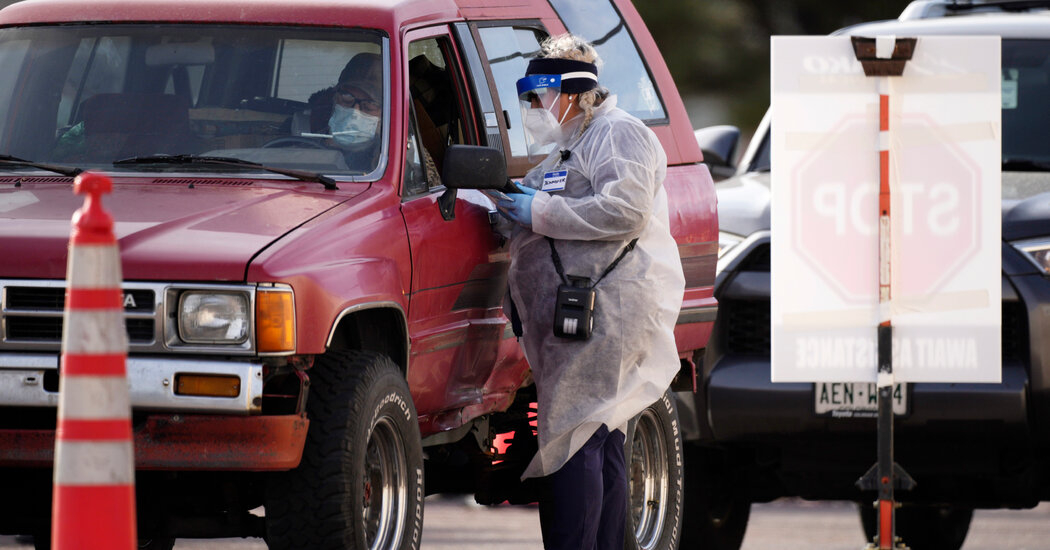The US House of Representatives has passed Donald Trump’s showpiece tax bill by a single vote after days of wrangling between disparate factions of his Republican party, paving the way for the first big legislative success of his second term.
The Republican-controlled House voted just before 7am on Thursday in Washington by 215-214 to approve the more than 1,000-page legislation, which would slash taxes, reduce social spending and increase federal debt.
“This is arguably the most significant piece of Legislation that will ever be signed in the History of our Country!” Trump wrote on his Truth Social platform.
“Now it’s time for our friends in the United States Senate to get to work, and send this Bill to my desk AS SOON AS POSSIBLE!” he added.
The sprawling legislation, which Trump has called his “big, beautiful bill”, has been at the centre of a fierce battle among Republican lawmakers in recent days.
House Speaker Mike Johnson had battled to overcome sticking points including cuts to state-backed healthcare spending and clean-energy tax credits, and the level of state and local taxes that can be deducted from federal levies.
Moments before its passage, Johnson hailed the legislation as a “turning point in American history”, adding that its Democratic opponents were voting for “the largest tax increase” in US history.
But Hakeem Jeffries, the minority leader of the House, said the bill would deprive at least 13.7mn people of their healthcare insurance, “taking food out of the mouths of children, disabled Americans, veterans and older Americans” because of cuts to food stamps.
“It’s one, big ugly bill,” he said. “It’s an assault on the economy . . . to enact the largest tax breaks for billionaires in American history.”
The bill’s razor-thin passage by the House marks a big political victory for Trump, whose approval ratings have languished following weeks of market turmoil triggered by his trade war.
The non-partisan Committee for a Responsible Federal Budget estimates that the legislation will increase US national debt by more than $3.3tn over the next decade, increasing federal government debt held by the public from about 98 per cent of GDP to a record 125 per cent.
Investors have closely watched the bill amid concerns about the US’s growing fiscal deficit, which led Moody’s to strip the US of its triple A credit rating last week and pushed up bond yields, which move inversely to prices.
The yield on 30-year US Treasuries climbed to 5.14 per cent following the passage of the bill, extending a rise of more than 0.2 percentage points this week.
The S&P 500 share index had fallen 1.6 per cent on Wednesday as concern about the deficit spilled into equity markets. Futures indicated a further 0.5 per cent decline on Thursday.
The bill would make tax provisions from Trump’s first administration — including individual income tax cuts — that would otherwise expire at the end of this year.
It would also slash taxes on tips and overtime pay, following Trump’s pledges during his successful 2024 presidential campaign and increase spending on border security.
Republicans have sought to reduce the price tag of the bill by slashing nearly $800bn from Medicaid — the US healthcare scheme for those on low incomes — and hundreds of billions more from the food stamp programme and clean energy tax credits.
Shares in solar energy companies fell sharply in premarket trading following passage of the bill.
Sunrun fell by as much as 40 per cent in pre-market trading on Thursday. Enphase Energy stock was down 19 per cent. NextEra, the largest renewables developer in the US, fell by 4 per cent.
Thursday’s vote came after Republicans who opposed the bill met Trump at the White House the day before.
The president also visited Capitol Hill this week to urge his party to pass the legislation after conservatives expressed concern about its cost and moderate Republicans pushed for a greater state and local tax deduction.
Russell Vought, Trump’s director of the Office of Management and Budget, has said that the legislation includes the most significant spending cuts in the past three decades.
While some conservatives had pushed for further cuts, only two Republicans voted against the bill — Thomas Massie of Kentucky and Warren Davidson of Ohio — because of its impact on the US debt.
“Deficits do matter and this bill grows them now,” Davidson posted on X.
The bill’s passage also came a day after the death of Gerald Connolly, the top Democrat on the House Oversight Committee, whose vote could have denied the Republicans a majority.
Additional reporting by Jamie Smyth





























